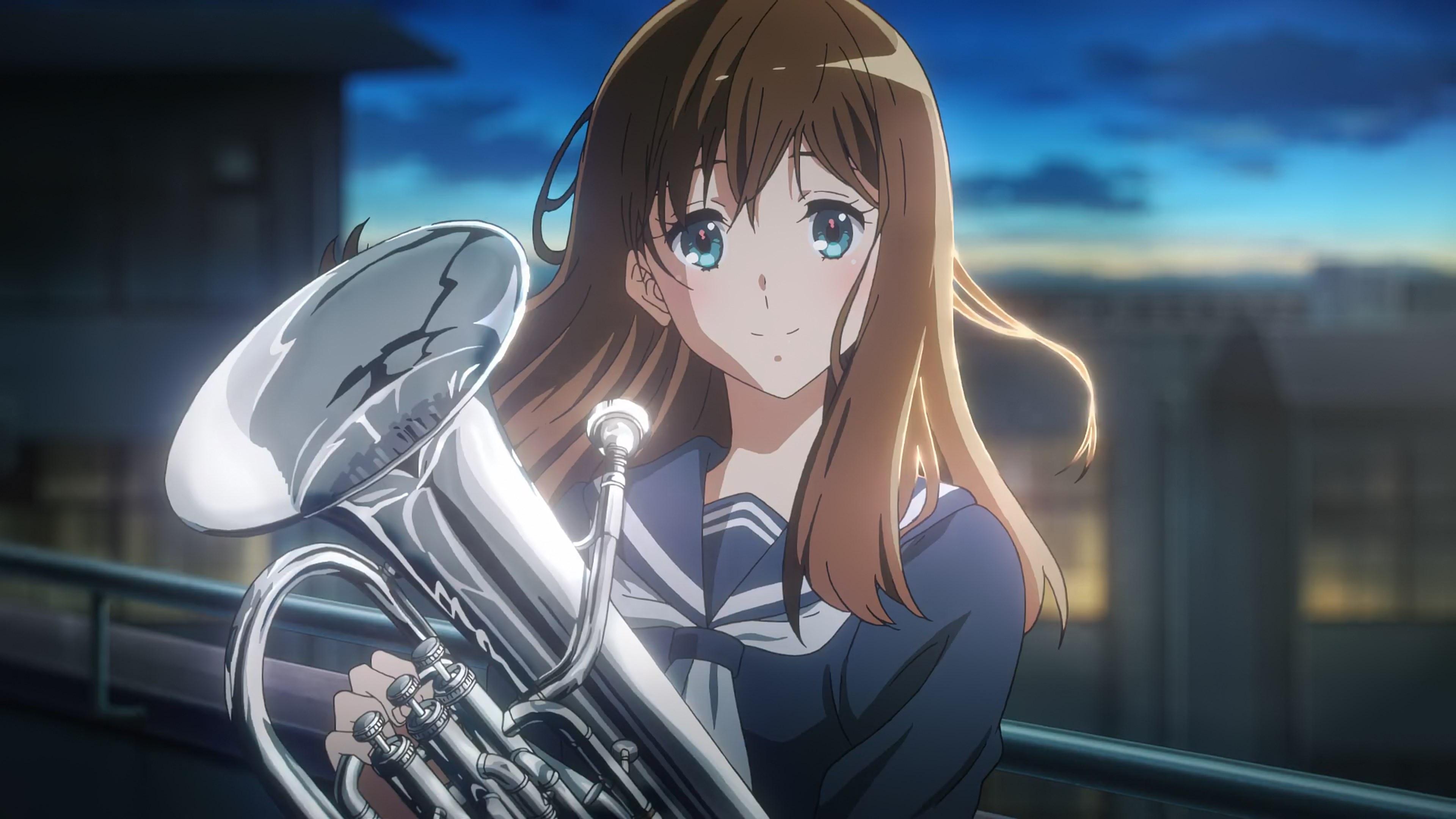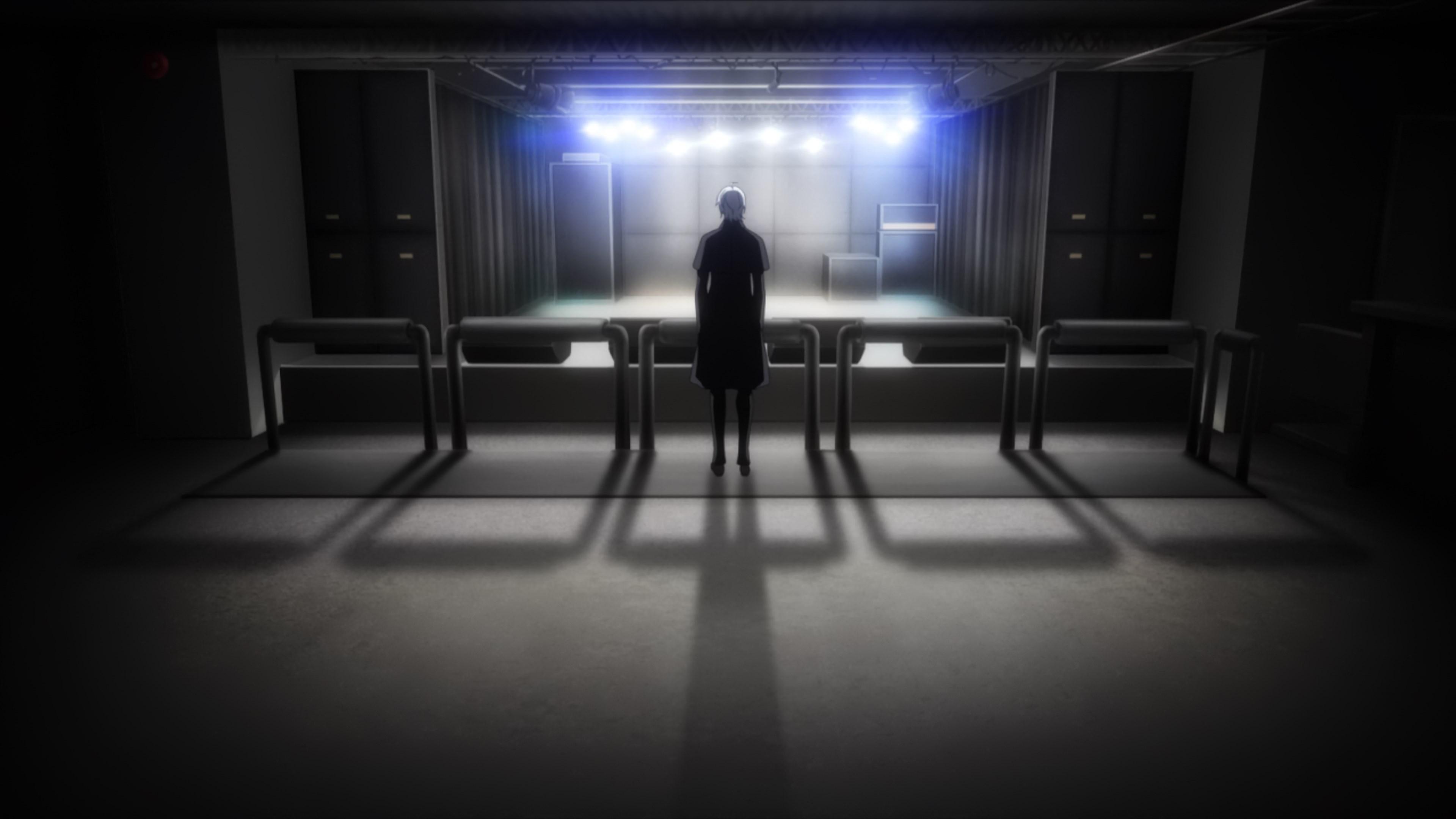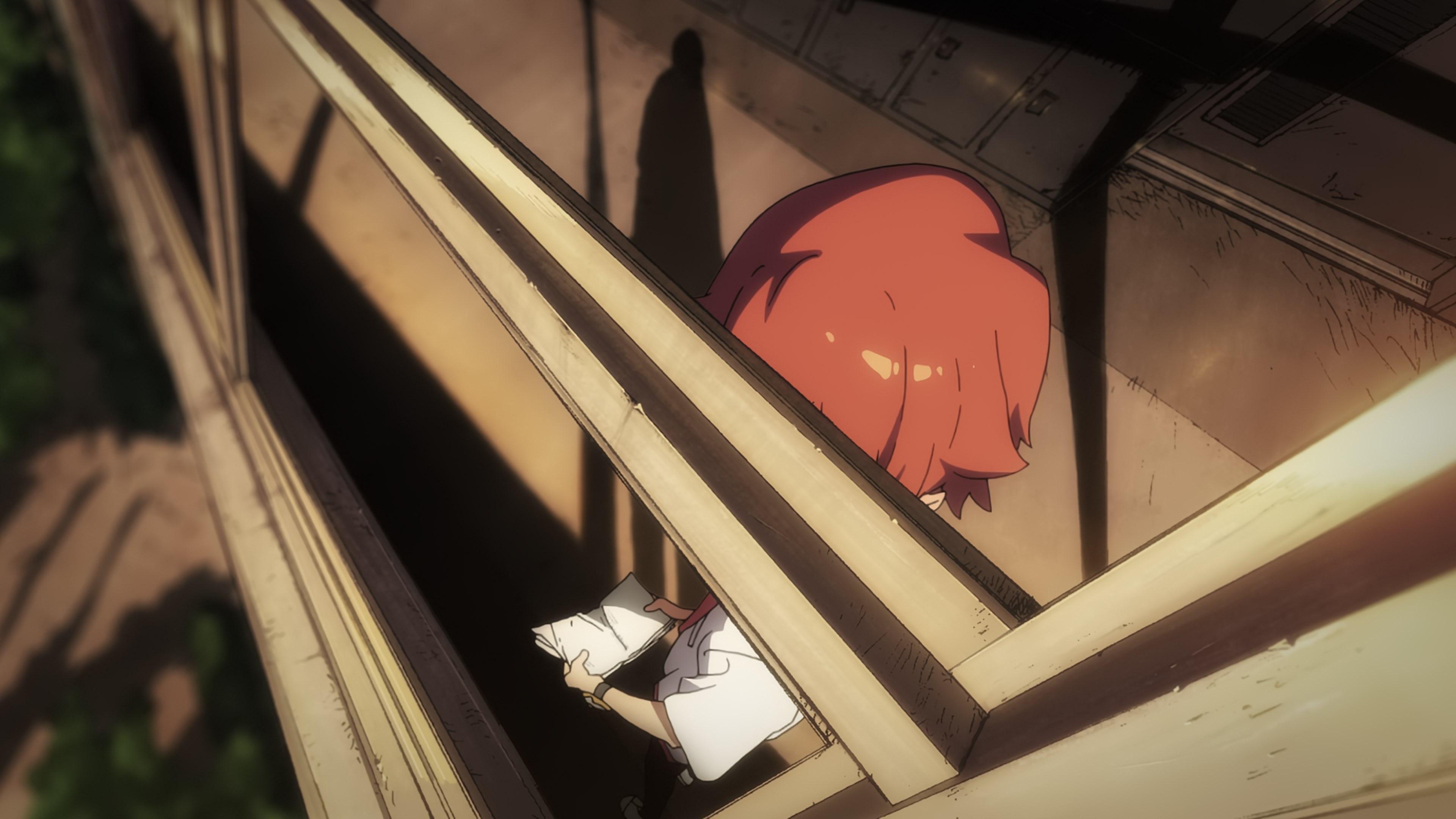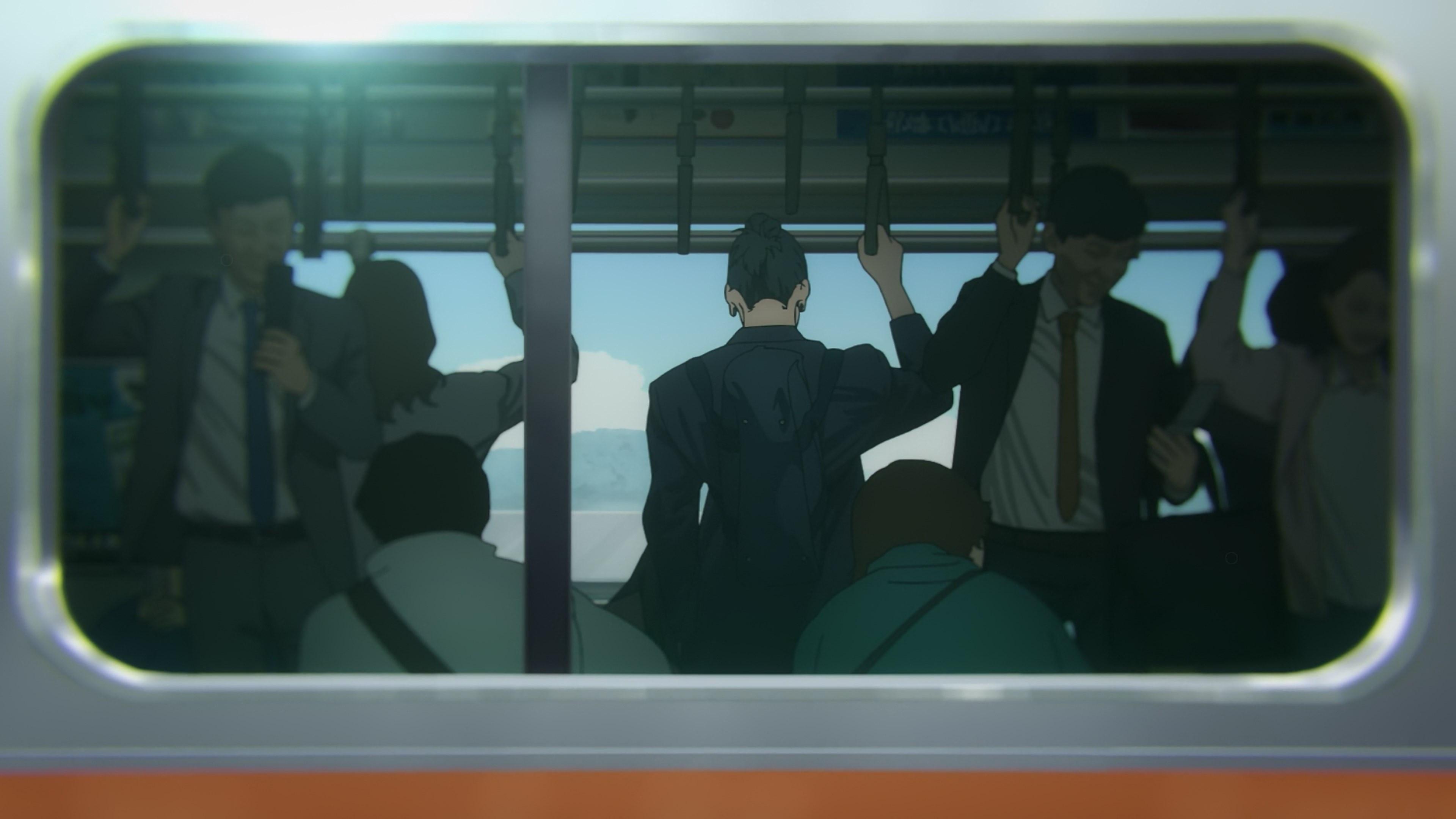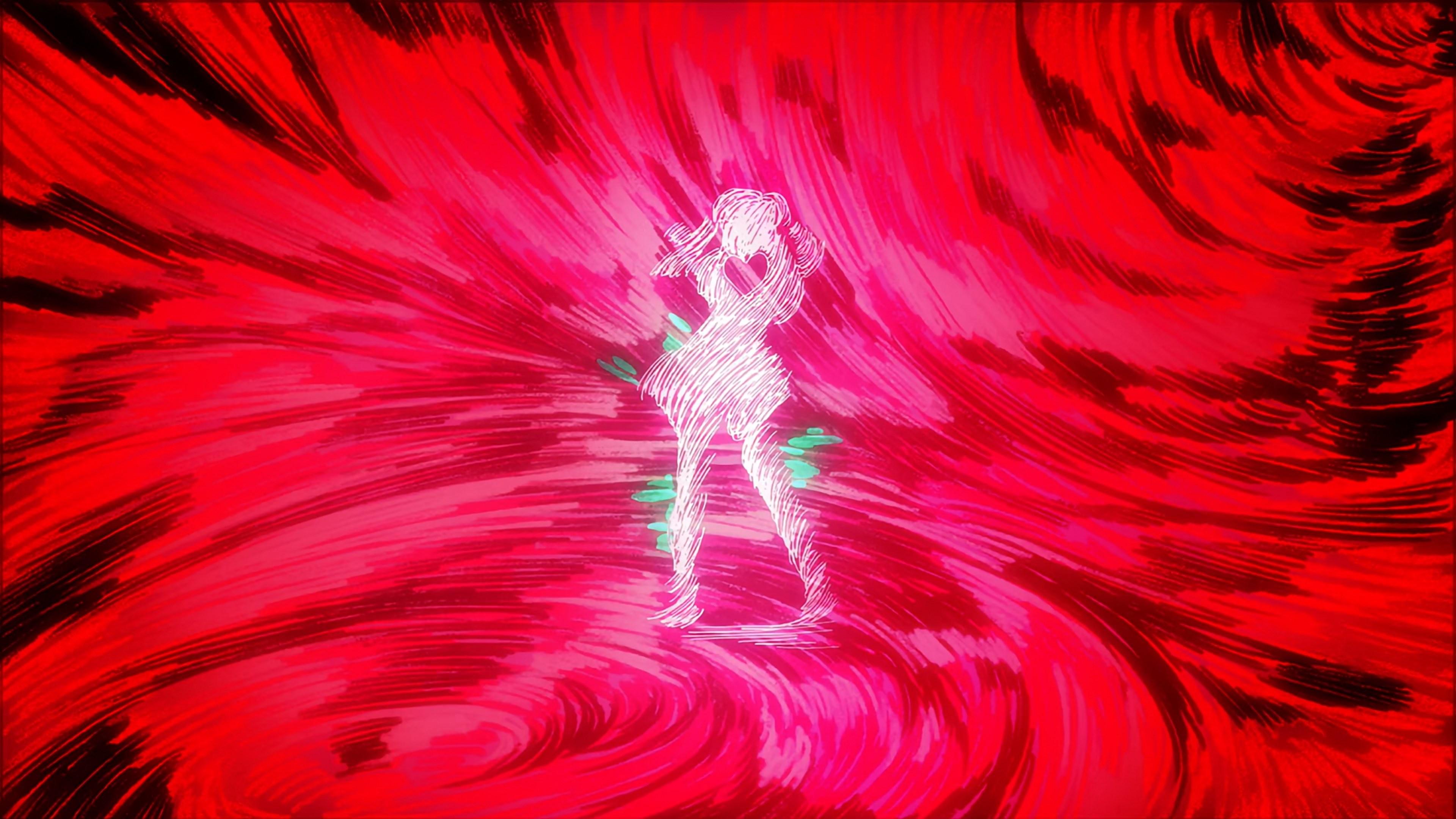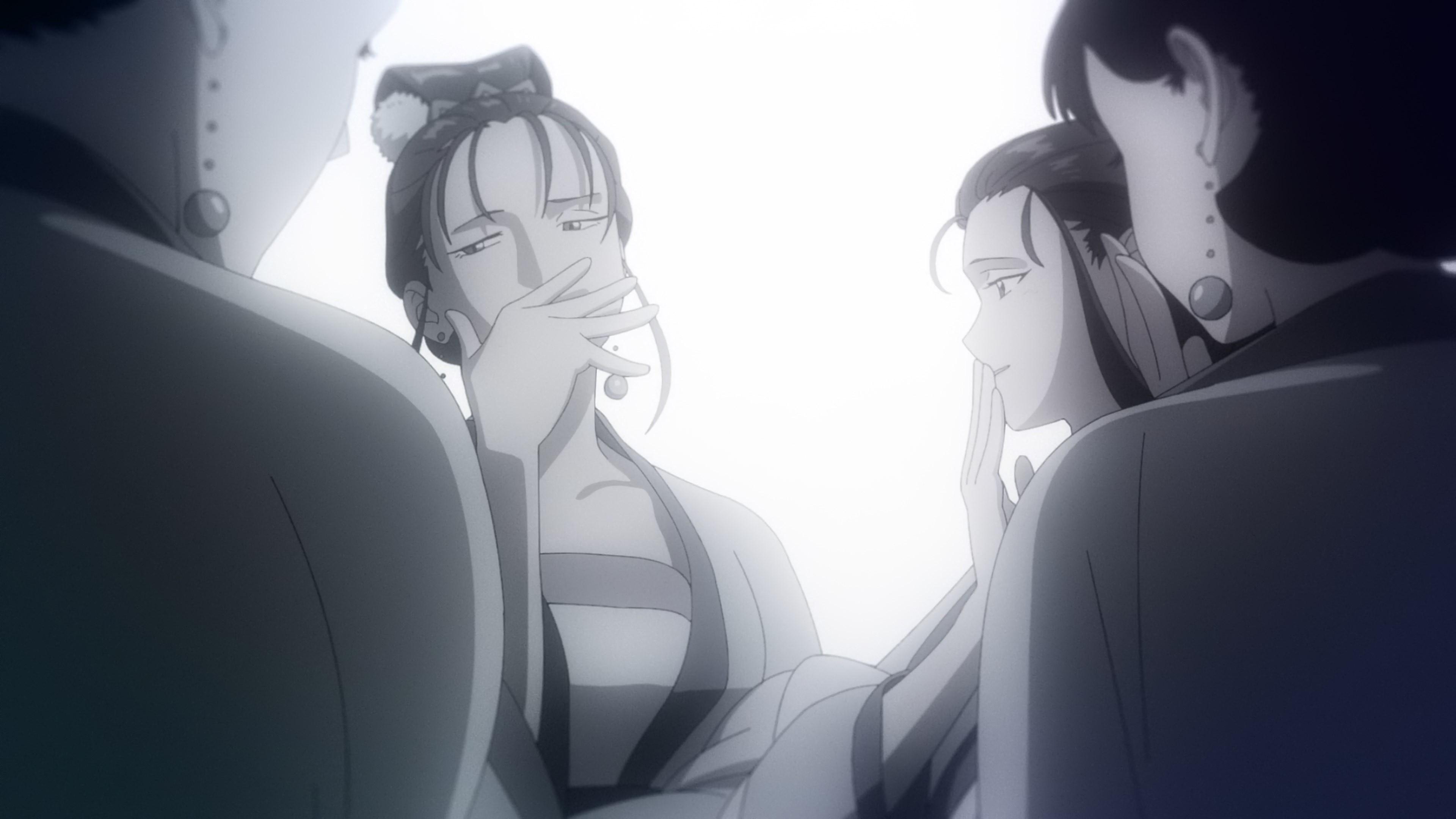In today’s collection of writing topics, we dive into the neat staffing changes at Kyoto Animation to further improve working conditions, how Spy x Family‘s co-production has further adjusted (and struggled) to accommodate a big workload, and the production...
In today’s collection of writing topics, we dive into the neat staffing changes at Kyoto Animation to further improve working conditions, how Spy x Family‘s co-production has further adjusted (and struggled) to accommodate a big workload, and the production of some lovely Pokemon web series.
Kyoto Animation staffing and working conditions news
KyoAni’s exceptional productions tend to give us plenty of excuses to write about their works on this site, so in the grand scheme of things, they’re anything but overlooked when it comes to the Sakuga Blog. Given how much they’ve reduced their output, however, an entire year can come and go before they’ve released something new for us to dig into. Coinciding with the release of Euphonium’s theatrical OVA Ensemble Contest this past summer, I already pointed out that the studio has been misrepresenting their production schedules in the opposite direction than their peers tend to; something that has yet again happened, as Eupho’s cast—like the VAs for all their recent titles—were boasting about getting to voice over beautifully finished footage, not long after the director tried to convince people that the third season was still in pre-production… and nearly 2 years after its writer said he was wrapping it up. The studio currently takes their time with each project, and even when they’re done with it, they keep it close to their chest for a long time as they’d rather continue to play it safe with release schedules.
That is certainly preferable to the continuous death march of the current anime industry, but it does mean that a lot of time passes in between each new major excuse we have to write about them. And yet, in between those, there tend to be a bunch of neat movements that they don’t seem to care to emphasize for a broader audience; again, I’d much rather that they focus on meaningful improvements for the workers than in constantly releasing messages to the public about how much they’ll improve things while imposing crunch on everyone, but it does explain why the anime fandom didn’t quite realize what they had until the tragic arson—and even then, much of the nuance is missed.
Some of the specific recent changes to the studio follow the trend of broadening their means of creation. I can’t say I see much of a financial reason to make an entire label for physical books that mix illustration, writing, and music, but it does allow their staff and associates like Evan Call to try out new forms of storytelling. On a similar note but behind the scenes, the studio keeps extending their responsibilities beyond that of a regular animation production company. A while back, we noted that KyoAni had created their own editing room to begin bringing that process in-house, and that they were now in charge of sound production for their titles as well.
An amusing point of friction brought up then was that Rakuonsha, a company that is often present in the production committees of their titles, had been the one in charge of that process for their works—so what would be their reaction if the studio themselves barged into that territory? I’m not sure I have an answer for that, but what I do know is that they’ve recently employed Tomomi Yano: the sound manager for many of their works, up until now through Rakuonsha’s Studio 2010, and now directly as a KyoAni employee. Though it’s a sign of good relationships, I’m not sure I’d continue to fund the company that is slowly rendering my role moot and also poaching my staff. On the other hand, though, it’s a good way to secure a client!
For as neat as changes like that can be, though, the most meaningful staffing update was for a position that we’ll never even see credited for their works. The studio has made it a custom to list every employee of theirs anytime they produce a movie or hold an event, which means that last month we got an update about their personnel changes since the production of Ensemble Contest. As usual, this means an influx of young creators given their policy of limiting hirings of artists to those in need of training still, and even a departure or two; I hope Mei Isai is doing fine, since hers came as a surprise as a new director and was swifter than we’ve seen before. Hidden in between all those names of recently hired artists, Mayuko Kiuchi was a name that immediately caught my attention.
After the arson attack, president Hatta promised to facilitate psychological assistance to all workers and families who needed it. And indeed, the credits for the Violet Evergarden Movie—the first production they finished after that terrible incident—listed a certain mental health worker in the external support category. That person worked at Happiness Ai Center in Kyoto, where they also dealt with cases of stress related to the Covid pandemic. Her name was Mayuko Kiuchi, and her experience with the studio must have been satisfactory, because she’s now listed among their in-house personnel.
When people propose ways to improve the industry, it always comes down to a simple “more money”, and thanks to the increasingly more public complaints, perhaps a bit of “better scheduling” as well. Those are by all means true, arguably the most necessary. But it’s also about actually employing your team; a way to give them security, as well as reducing the reliance on other companies that we know for a fact are not likely to treat the staff properly. And once you’ve gotten to this point, it’s about details like printing an in-house magazine to keep employees on maternity leave engaged with the team, or about hiring a mental health worker they can confide into. It obviously doesn’t have to be these specific policies, but it has to be some specific policies that make them a better work environment on a day-to-day basis. That is what anime needs more of.
Spy x Family’s constantly adjusting co-production and built-up exhaustion
Back in November, we published a lengthy recap of the shifting co-production dynamics of the Spy x Family anime. It felt necessary at the time because, even though people seemed to correctly understand that the balance for the second season ought to tip in the direction of CloverWorks, the specifics about how that manifested were being misunderstood; after all, at that point studio WIT had still headlined the alternating rotation of production duties, and half the episodes were made over there—not exactly the abandonment of duties in favor of producing the movie that a lot of people had assumed would happen. That said, we ended that corner by noting that we might have to return to this topic as that balance between studios might shift… then it proceeded to radically shift, so here we are.
In retrospect, studio WIT had no business producing multiple episodes for the first half of this season as normal, even leading the pace as they did across the previous one. They got creative with it, relying on that oxymoron we brought up before of in-house outsourcing—aka entrusting an episode to another production line at the company—but the workload for the movie was eventually too much, especially given its less-than-ideal schedule. To make things more complicated, their forfeit happened to overlap with the start of the Cruise Ship Arc in the series; one that isn’t just beloved and thus subject to more scrutiny by fans, but also rather heavy on the action, as it closely follows Yor for a change. That’s quite the responsibility for CloverWorks to suddenly have to shoulder, especially for a project that they’ve never really given their all for.
Did they this time, then? The answer is complicated, because the management and execution of this series deserve entirely different grades depending on the level you judge it from; disappointing macro, notable micro, but we can get to this later. After a modest but solid start to the arc, most notably with the episode that the ever-efficient Haruka Tsuzuki directed, storyboarded, and entirely key animated alongside supervisor Takuya Kawai, things spice up around episode #07/#32. Betraying the economic approach to the animation that is the norm in the series, this episode brings out some notable names like those of Satoshi Sakai, Kou Horio, Yuki Suzuki, and an undercover Hironori Tanaka to tackle one of the final bosses of animation: action with 2D chains. Though the consistency isn’t always there when it comes to the polish, that’s in part because the highs of the sequence are well above the standards for the series. And more importantly, it feels like the whole team understood the point of the assignment, because the sound direction and tempo of the animation really play up the (pretend) circus performance aspect.
After that taste of greatness, the show takes it to the next level for the action climax of the arc across the next two episodes. #08/#33 in particular stands out, with storyboards and direction by Team Imas ace animator Isao Hayashi, accompanied by a list of animators on a whole different level of acclaim than we’ve seen on this show before; not just for the action, but even with the likes of Shouko Nakamura animating a cute flashback. This is the type of high-profile staffing one would expect in works produced by Yuichi Fukushima, and for these highlight episodes, they do deliver what is expected of them.
Although Spy x Family becomes more faithful (and less adventurous) the more it’s distanced from series director Kazuhiro Furuhashi, Hayashi’s taste is immediately on full display with all the 3D camera traversals across the battlefield—similar to the ones he animated across the stages of a certain idol franchise. He provided 3D guidelines for those, and animators involved have noted that he also made room for personal improvisation in the action, hence why Yor kicks ass harder than ever before. His storyboarding prowess is showcased in how he uses match cuts to translate the simultaneity that makes the gags in the manga, and that’s eventually followed by the return of Miyuki Kuroki to board a beautiful closure that needs no words to connect both sides of the family. These episodes are quite good and loaded with talent, but at the same time, something just feels off. There is a disconnect between the renown of the team and the conditions they were subjected to, between their ability and the energy on display. Spy x Family never falls apart during this arc—far from that!—nor in the more relaxed episodes at the end, but it does constantly feel like it’s hiding how out of breath it is.
The way to achieve a stable production, one that can realize its goals within scope and remain immersive for the viewer without killing anyone in the process, is not to pile up popular names—despite what some fans and studios think. If anything, the smartest moves of this season of Spy x Family are exactly the ones that catch no attention because they’re not related to those Big Names. Internally shifting episodes like WIT did, or entrusting a near-solo episode to someone with sturdy fundamentals as CLW did. And when things move out of either hands, having someone like studio Snowdrop, who produced the two outsourced episodes of this season. In an age where subcontracted episodes are ruthlessly split and rushed, Snowdrop staff can direct, supervise, fully key animate, in-between, and paint the episodes themselves. And they do so with basically the exact same team in both instances in this series, allowing the team to grow more closely acquainted with the characters and world. They may not make the most impressive episodes, but they provide a very sturdy baseline, and even allow themselves to have ambitious ideas in spots.
But even with those smart, effective solutions that people in the trenches come up with, and despite having the ability to call that top-of-the-line talent if need be, the planning of this franchise makes it rest on fundamentally shaky grounds. Spy x Family only ended up being a co-production because it was first entrusted to a team that was too busy, so they had to go ask for help from equally busy friends across the street. Ever since then, its success has kept them pumping out material at exactly the right speed to avoid a collapse, but also prevent the necessary rest to solidify those grounds. The original movie that caused WIT to eventually step away from this season is already a massive success, and by the looks of it a genuinely fun family time with highs beyond what this TV production is capable of… but it was also finished right before the premiere. Despite not being a complete mess like anime production can often be, and the workload not being outrageous on its own, the team feels caught in a cycle where they just can never rest up. C’mon, just let Anya take a good nap.
Recent, lovely Pokemon spinoffs
There are quite a few works I’ve promised to write some shorter commentary for, but in between some massive writeups we’ve published this month and a certain yearly event, I simply haven’t gotten around to them; sorry Doremi Naisho, I swear your turn will come. If there was one I’d be remiss to skip right now, though, it would be Pokemon: Paldean Winds / Houkago no Breath. For the last few years and despite the troubles they’ve been having over at the main series, the Pokemon Company’s decision to partner up with various anime studios to make short-form content has been paying dividends. It just doesn’t get any better than Shingo Yamashita and studio Colorido’s Twilight Wings.
WIT is one such partner studio, having not just produced one web series led by Ken Yamamoto, but even collaborated with them on a few movies. Rather than having one contact at the studio, these jobs have been handled by multiple teams. And for Paldean Winds, the chosen ones were… the production line that has been making Spy x Family, sharing AniP with the recently released film. See why the studio might be a bit out of breath, like the Japanese title for this one series asks for?
Despite that packed schedule and an unfriendly release, Paldean Winds is a very enjoyable series with a curious team behind it. Series director Ryouhei Takeshita has earned a reputation as perhaps the best emulator of physical cameras in anime. On the one hand, that is a bit reductive view of a director with broader talents, even if he does his best to remind people that he does love cameras. On the other hand, it’s that experience with hand-held motion and POV framing that helps purposeful artistic choices like starting this series with a sequence that lowers the eye level to that of a small Pokemon. The relationship between these creatures, humans, and the space both inhabit continues to be a point of focus across the series. It’s explored through the action in the second episode, which extends its message of personal feelings over cold, supposedly common sense through very subjective framing in general. Meanwhile, the third one is more playful with space, in great part thanks to the 3D layouts that Takashi Katagiri always prepares when he directs something; another nice achievement under his belt before he went on to lead that Spy x Family movie we keep coming back to.
One of the most interesting aspects of this short series relates to the scripts, and not just because of the eclectic mix of writers. Besides Takeshita’s own contributions, the series had scripts by the multitalented Teruko Utsumi of studio Lapintrack. She’s a neat figure we’ve followed before, as an ex-Brains Base production assistant and literature personnel circa Penguindrum who has kept her relationship with Kunihiko Ikuhara by becoming a representative of the studio he’s stationed at nowadays. Apart from her presidential role, Utsumi is willing to tackle basically any job she comes across: lyrics, management, building dioramas, and in cases like Sarazanmai or this series, regular writing as well.
By her side she also had WIT’s Keisuke Sato, who may not have as wide of a repertoire yet, but is also making the jump from management to creative duties. And his was the script for the finale of this series, which made the interesting choice of showing the outcome of every character’s personal arcs indirectly, through a series of music videos directed by the lord of orange/blue contrast Yuki Kamiya. I feel like that neat choice that Sato personally pushed for might be lost in a sea of praise for all the delightful Nanjamo animation, which is… a perfectly fine outcome, really. Animator Kaito Tomioka drew a simply obscene number of sheets because he loves the character that much, and the playful details like the inertia on her electromagnetic buns show that.
Before we wrap up, I’d like to shout out another Pokemon series that has recently dropped. I suppose that having just one beautiful anime named after a caretaker position in a commercial establishment wasn’t enough, so they had to squeeze in Pokemon Concierge into 2023 as well. This 4 episode series shows a familiar world from a different angle, aiming to offer respite to its inhabitants and audience alike. Stop-motion animation experts dwarf Studios are behind it, with Iku Ogawa sitting in the director’s seat. Key to its soothing aura is also the work of Tadahiro Uesugi, who is being billed as its character designer, but played just as important of a role as a concept artist and one of the brains behind the worldview.
One of the most interesting aspects of Pokemon in animation is how each team decides to portray the creatures themselves, both in writing and on a visual level; ideally, with those two in conversation. Some teams have accentuated their animalistic traits through the redesign and emphasis on their demeanor, while others have blended them further into human society through their unifying mastery of lighting. In Concierge’s case, the neat choice that is constantly being made is about texture—which material conveys the tactile feeling I imagine this Pokemon to have? It may be felt for fur, something sturdy but rugged for a rock, and a more unnaturally smooth plastic for amphibian skin. If anything, I wish they took it further with more radically hand-crafted materials, as the studio has proved to be capable of. For such a relaxed and cozy series, though, I understand the choice to go for a softer look. And really, how could we need any more edge, when the series already confirms that the stereotype of the basic Pikachu fan also exists in-universe? Talk about spicy.
Support us on Patreon to help us reach our new goal to sustain the animation archive at Sakugabooru, Sakuga Video on Youtube, as well as this Sakuga Blog. Thanks to everyone who’s helped out so far!



